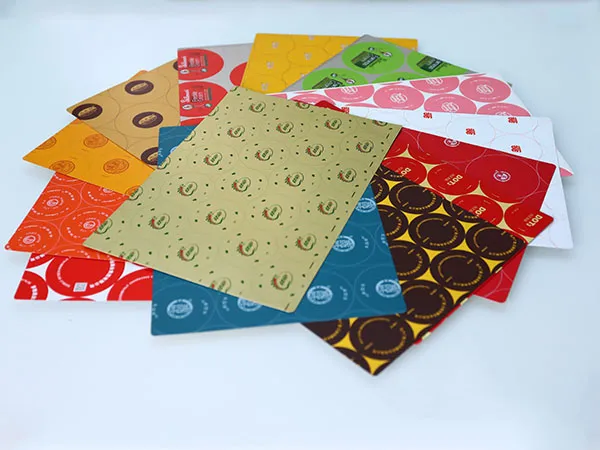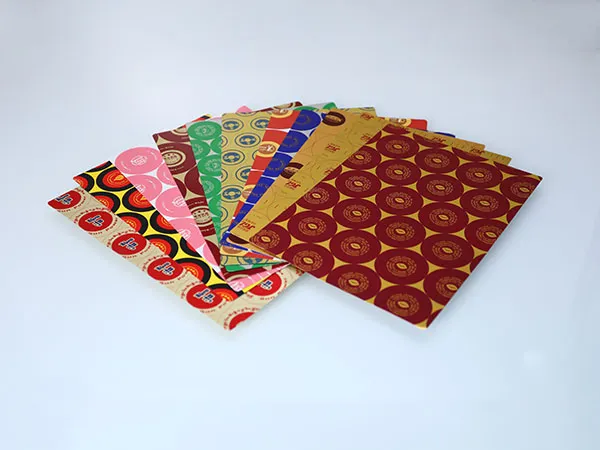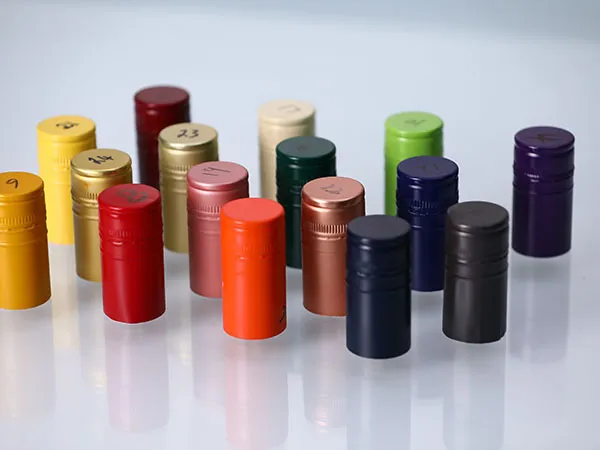2025-05-06 07:11:27
Printed aluminum sheets are widely used across industries for their durability, aesthetic appeal, and corrosion resistance. However, issues such as blistering and discoloration can compromise their appearance and performance, leading to product rejection, increased costs, and customer dissatisfaction. These defects often stem from problems in surface treatment, ink formulation, or the printing and baking process. Blistering and decolorization of printed aluminum sheets can be frustrating issues. Here's a breakdown of how to address them.

Several factors can lead to blistering and decolorization:
Moisture: Trapped moisture, either from the environment or the printing process, can cause blistering, especially during heat treatment. This moisture can react with the aluminum at high temperatures, forming hydrogen gas that creates blisters.
Contamination: Residues like salts, acids, or cleaning agents left on the aluminum surface before printing can interfere with the adhesion of the ink or react during heating, leading to blistering or discoloration.
Incompatible Inks/Coatings: Using inks or coatings that are not compatible with aluminum or the printing process can result in poor adhesion, leading to blistering or peeling.
Improper Application: Applying inks or coatings too thickly or unevenly can trap solvents, leading to blistering as the solvents try to escape during drying or heating.
Oxidation: While aluminum naturally forms a protective oxide layer, a thick or uneven layer can affect ink adhesion and potentially lead to discoloration.
Heat Treatment Issues: If the aluminum sheets undergo heat treatment after printing, improper temperature control or a contaminated furnace atmosphere can cause blistering or discoloration.
Internal Defects: In some cases, especially with cast aluminum, internal gas porosity can expand during heat treatment, leading to surface blistering.
Repairing printed aluminum can be challenging, and the success often depends on the severity and cause of the issue. Here are some potential approaches:
For Blistering:
Small, isolated blisters: Carefully puncture the blister with a fine needle or blade to release any trapped air or liquid. Then, try to flatten it gently. Depending on the ink, you might be able to touch it up with a similar color, but it may not be a perfect match.
Larger or numerous blisters: Repair might be difficult to achieve without affecting the surrounding print. You might consider removing the affected area and patching it, but this is usually noticeable.
For Decolorization:
Mild discoloration: Gentle cleaning with a soft cloth and a mild, non-abrasive cleaner suitable for aluminum might help in some cases. Avoid harsh chemicals that could further damage the print.
More severe discoloration: It's often difficult to reverse significant decolorization without reprinting.
Reprinting/Replacement: In many cases, especially if the blistering or decolorization is extensive or affects the aesthetics significantly, the best solution is to reprint the affected sheets.

Preventing these issues is crucial. Here are some steps to take:
Surface Preparation:
Thoroughly clean the aluminum sheets to remove any dirt, grease, oil, or residues from previous processes. Use appropriate aluminum cleaners and ensure the surface is completely dry before printing.
Consider lightly abrading the surface with fine-grit sandpaper to improve ink adhesion. Remove any sanding dust before printing.
For optimal adhesion, especially with paints or coatings, use a self-etching primer specifically designed for aluminum.
Ink and Coating Selection:
Choose inks and coatings that are specifically formulated for use on aluminum and compatible with your printing process.
Ensure the ink or coating has good adhesion properties and flexibility if the sheets will undergo any bending or forming.
For outdoor applications, use UV-resistant inks and coatings to prevent fading and discoloration.
Printing Process Control:
Apply inks and coatings in thin, even layers. Avoid over-application, which can trap solvents.
Ensure proper drying time between coats and before any subsequent processing like heat treatment. Follow the ink/coating manufacturer's recommendations.
Handling and Storage:
Handle the printed sheets carefully to avoid scratches or damage to the printed surface.
Store the sheets in a clean, dry environment with stable temperature and humidity to prevent moisture-related issues. Avoid leaving warehouse doors open during temperature fluctuations.

Heat Treatment (if applicable):
Ensure that aluminum sheets are clean and dry before heat treating.
Use a dry furnace atmosphere to minimize the risk of blistering.
Follow recommended heat treatment protocols for the specific aluminum alloy and printing.
Material Quality:
Source high-quality aluminum sheets from reputable suppliers.
For pre-painted aluminum, ensure the coating is durable and applied correctly.
By understanding the causes and implementing these preventive measures, you can significantly reduce the occurrence of blistering and decolorization on your printed aluminum sheets. If issues do arise, careful assessment will help determine the best course of action.